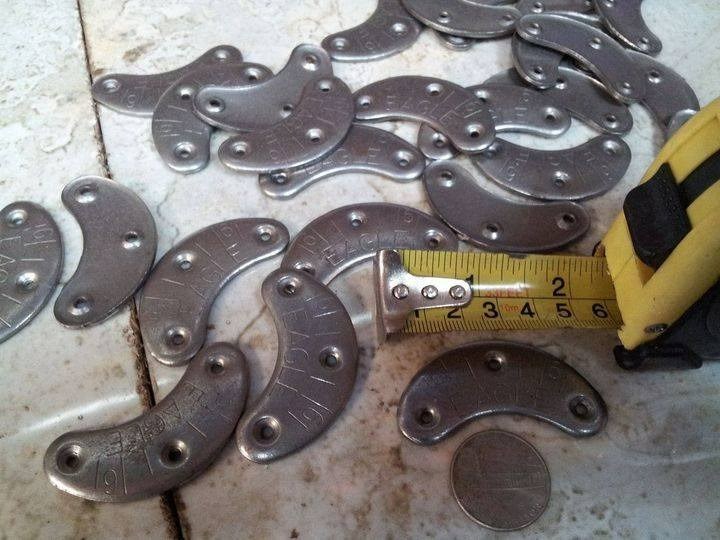In the early 20th century, shoe craftsmanship was about creating long-lasting footwear, and one of the innovations was the use of metal plates on the heels and soles. These plates were specifically designed to reduce wear and tear, extending the life of shoes, particularly in an era when repairs were common and throwing things away was a rarity. This approach not only saved money but also promoted sustainability long before the term became a buzzword. Shoemakers crafted these plates to be easily replaceable, meaning consumers could maintain their shoes over time, further enhancing their longevity. This practical solution was a hallmark of a period where functionality merged with fashion, as the plates also added an aesthetic touch, signaling quality and reliability.
The rhythmic “click-clack” sound of these metal plates against the pavement became a familiar noise in cities and towns, symbolizing the strength of the shoes. It wasn’t just about the practicality; it was about the cultural association with well-made footwear. Even today, vintage shoe collectors seek out shoes with these original metal plates, as they are seen as a marker of craftsmanship from a bygone era.
Though modern shoe manufacturing has shifted towards more advanced materials, the fundamental principles behind these plates—durability, protection, and replaceability—continue to influence design today. Designers often take inspiration from these earlier innovations, prioritizing longevity over disposability in their creations. This return to a focus on quality is particularly relevant in today’s era of fast fashion, where consumers are increasingly looking for products that last longer and offer more value.
In a world that is dominated by mass-produced and often disposable fashion, the metal shoe plates of the early 20th century remind us of a time when quality was a top priority. They represent a fascinating chapter in the history of footwear, where craftsmanship, ingenuity, and resourcefulness came together to create practical solutions to everyday problems. These plates not only protected the shoes but also spoke volumes about the culture of the time, when people valued items that could be repaired and reused rather than discarded.
For many, these plates evoke a sense of nostalgia for an era when products were built to last. Today, the trend towards sustainability in fashion is seeing a resurgence of interest in vintage and durable items, with consumers appreciating the longevity and quality that characterized earlier generations. The metal shoe plates are a perfect example of how fashion can be functional and beautiful at the same time, and how the lessons from the past can inform modern design.
While it’s easy to get caught up in the rapid pace of today’s fashion industry, it’s important to remember that innovations like metal shoe plates once played a significant role in the way people approached their clothing and accessories. These plates are a testament to the fact that fashion isn’t just about what looks good—it’s about what works well and stands the test of time. They are a reminder that true style is often found in the details, and that sometimes, the most practical solutions are the ones that leave the longest-lasting impression.
In conclusion, the story of metal shoe plates is more than just a footnote in fashion history. It is a story of resilience, sustainability, and craftsmanship that continues to inspire designers and consumers alike. These plates serve as a reminder of the importance of quality in a world that often prioritizes convenience and speed. As we look towards the future of fashion, the lessons from the past, embodied by these simple yet effective innovations, will continue to shape the way we think about what we wear and why.

